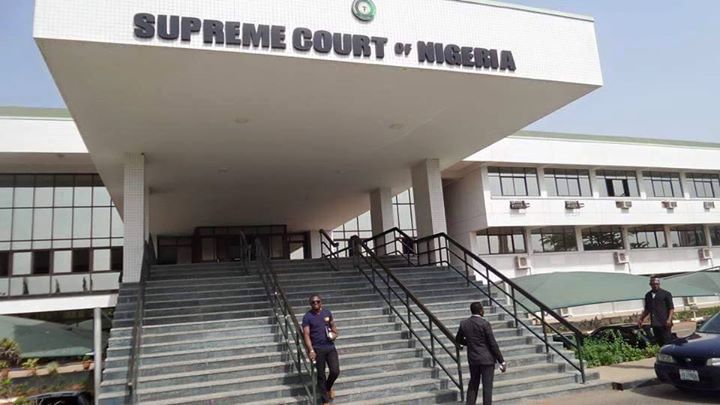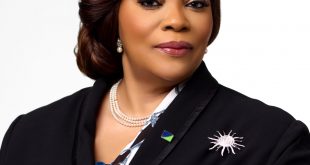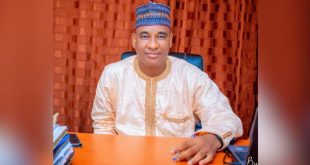
The Supreme Court
By examining the similarities and differences between these two systems, one can gain a better understanding of how the composition of a supreme court can impact its functioning and decision-making processes.
First, the Nigerian Supreme Court is composed of a fixed number of justices, which is set not to exceed 21. But currently 13 justices including the Chief Justice of the Federation. This number has remained unchanged since the establishment of the court in 1963. The rationale behind this fixed number is to ensure a diverse range of perspectives and expertise among the justices. With 21 justices, the Nigerian Supreme Court expected to handle a significant caseload and provide a fair and balanced decision-making process. Additionally, a fixed number of justices ensures stability and consistency in the court’s functioning. But the reality is the dearth of adequate resources to discharge their responsibilities.
Secondly, the United States Supreme Court, in contrast to the Nigerian Supreme Court, does not have a fixed number of justices. The number of justices is determined by Congress and has varied throughout history. Currently, the United States Supreme Court consists of 9 justices. This number has remained constant since 1869. The variable number of justices in the United States Supreme Court allows for flexibility in adapting to changing circumstances and ensures that the court can effectively handle its caseload. Moreover, it allows for a balance of power among the justices, preventing any single justice from having excessive influence.
The Supreme Court of the USA is renowned for its caseload, reflecting the nation’s complex legal system and the court’s role in interpreting the Constitution. Each year, the court receives thousands of petitions, but only a fraction of these are granted certiorari (a writ or order by which a higher court reviews a case tried in a lower court), resulting in a caseload of around 100-150 cases. The court’s caseload is influenced by various factors, including the significance of the legal issues involved, the lower courts’ conflicting decisions, and the court’s discretionary power to select cases. Notable examples include landmark cases such as Brown v. Board of Education and Roe v. Wade, which have shaped American jurisprudence.
Whereas the Nigeria Supreme Court, equally the final appellate court, faces a substantial caseload due to the country’s complex legal framework, and some lawyers penchant of seeking unnecessary injunctions and grossly abusing court’s process. The court receives appeals from lower courts across the country, dealing with a wide range of legal issues, including constitutional matters, criminal cases, and civil disputes. The caseload of the Nigeria Supreme Court has increased over the years, with the court handling around 1,000-1,500 cases annually. This high caseload poses challenges to the court’s efficiency and timely delivery of justice.
The contrasting caseloads of the USA and Nigeria Supreme Courts have significant implications for their respective judicial systems. In the USA, the limited number of cases heard by the Supreme Court allows for thorough deliberation and detailed opinions, ensuring the court’s decisions have a lasting impact on American law. However, the high caseload in Nigeria’s Supreme Court poses challenges, including delays in the resolution of cases, potential backlogs, and the strain on judicial resources. These challenges can hinder access to justice and erode public confidence in the legal system.
From the foregoing, It is clear that the Nigerian Supreme Court justices are overworked. It is therefore crucial for judiciary reforms and for the country to evaluate and address the caseloads and other challenges confronting the courts’ system to ensure the fair and timely administration of justice.
 DailyrecordNg …Nigeria's hottest news blog
DailyrecordNg …Nigeria's hottest news blog








